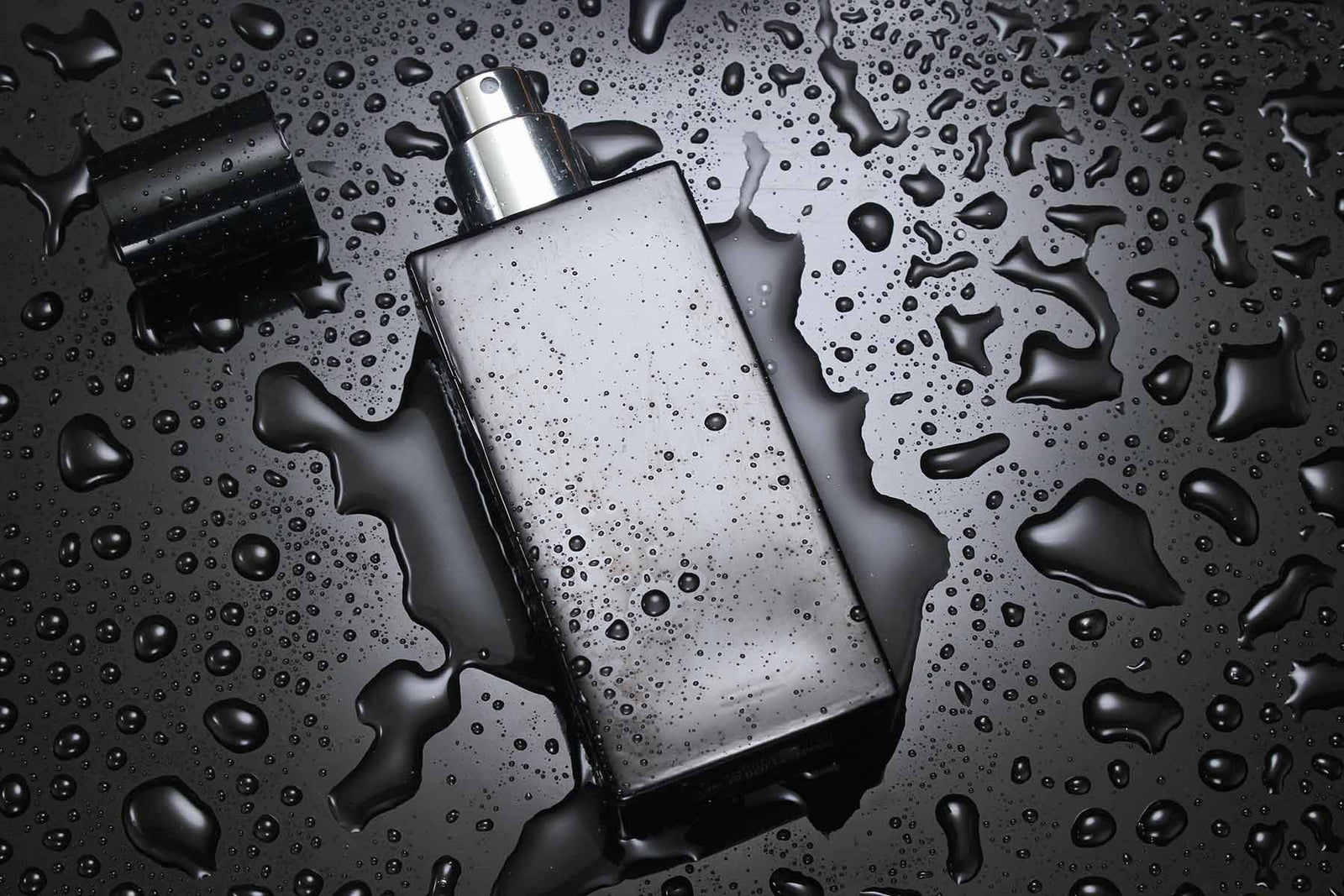Your Cart is Empty
Free Shipping orders over $100 (US only)
Menu

Free Shipping orders over $100 (US only)
Our Fragrances
Spooky Ingredients 😱
by Nathan Motylinski 2 min read

Boo! The Spookiest Ingredients in Perfumery
AMBERGRIS
Think of Ambergris as a ‘fragrant pearl’ formed inside the intestine of a sperm whale by something irritating that cannot be digested, like a squid beak! The whale’s intestine creates a lining around the object and eventually, discharges the whole thing into the ocean. That lining (and the object inside) is Ambergris.
Finding natural Ambergris is an aquatic treasure hunt. If you’re not willing to wait for some to randomly wash up on a beach (the largest specimen found was 280 pounds and worth $1.5M), there are specially trained dogs that stand on the shore and sniff out the Ambergris that is still in the water, quite a feat considering that Ambergris typically floats 5-10 feet UNDER the surface of the water (not on top). Once the dogs locate the Ambergris a human does the rest to find and collect it. Crazy (and gross?) but true. But the smell of Ambergris is truly complex and evolves/mellows over time - like umami for the nose. Once collected, Ambergris can be used to make tinctures of varying intensity (and cost). We have a few pieces of natural Ambergris and you can even see a squid beak in one of them! See below.

Natural Ambergris is still widely available for perfumery as there is no contact with the whale for extraction, so the material is considered cruelty-free : ) But with a price tag over $25,000/KG, natural Ambergris tends to cost-prohibitive, so we typically use a proprietary recreation called Orcanox. Orcanox is actually upcycled waste from the Clary Sage extraction process that yields an olfactive profile similar to Ambergris. Orcanox is also biodegradable!
We use it in several of our fragrances - CIRRUS, SKINPRINT, HIBISCUS, QUICKSILVER, GOLDEN OAK and ALPENGLOW.
CASTOREUM
We're not sure who came up with the idea to extract/use anal secretions from any animal, but Castoreum has been banned in perfumery since the 70s along with natural indole and civet due to animal cruelty involved for extraction. The smell is usually found in classic European fragrances (in very small amounts) and generally not used a lot in the US. We also have a (very old) sample of the real thing from Cécile’s perfumery school days (lots of strange things in our office 😉). See below.

Today, all versions are man-made to add rich, leathery, animalic element to perfume. We don’t use a lot of this in our fragrances (tends to be a little old-fashioned for our taste).
CORPSE FLOWER
While it's not used in perfumery, a pretty spooky smell comes from the corpse flower, which emits the odor of rotting flesh to attract a specific type of beetle for pollination. It takes 7-10 years for the flower to bloom, and Cécile and I were lucky enough to get to see/smell one at the NYC Botanical Garden (our kids were overjoyed 😂). See below. The flower is over 6’ tall and reminded us of trash day in the NYC during the summer!

Leave a comment
Comments will be approved before showing up.
Also in Fragrant Thoughts

Perfume Labeling Requirements: US vs. EU
by Nathan Motylinski 3 min read
cosmetic compliance EU fragrance regulation fragrance allergen disclosure perfume labeling requirements U.S. perfume labeling law
Discover the key differences between U.S. and EU perfume labeling laws. Learn what must appear on fragrance labels, from ingredient lists to allergen disclosure, and get updated on the EU’s expansion from 26 to 80+ fragrance allergens.

ISO 9235 Standard Explained
by Nathan Motylinski 3 min read
clean fragrance fragrance compliance standard ISO 9235 fragrance standard natural fragrance oil plant-based fragrance formulation sustainable perfume ingredients
ISO 9235 is the international benchmark for defining natural fragrance oils and ensuring clarity in plant-based fragrance formulations. If you’re a perfumer, formulator, or brand working in the clean fragrance space, this standard matters.

Fragrance Regulatory: 50 Shades of Grey
by Nathan Motylinski 2 min read
Fragrance safety regulations can be confusing, even for us. While many folks think of IFRA limits as clearly black and white, they are really a constantly changing world of grey.
Read MoreSubscribe
Sign up to get the latest on sales, new releases and more …